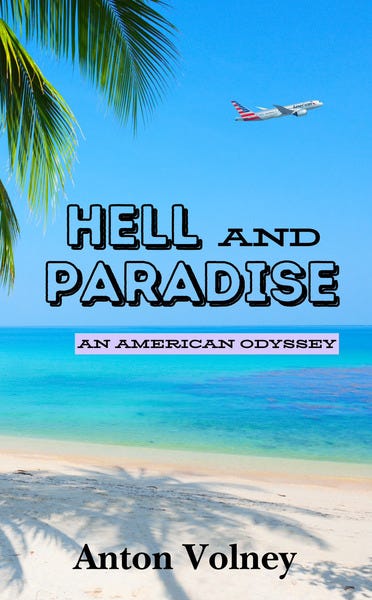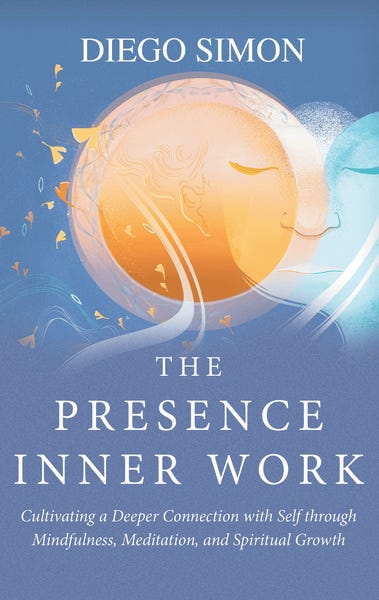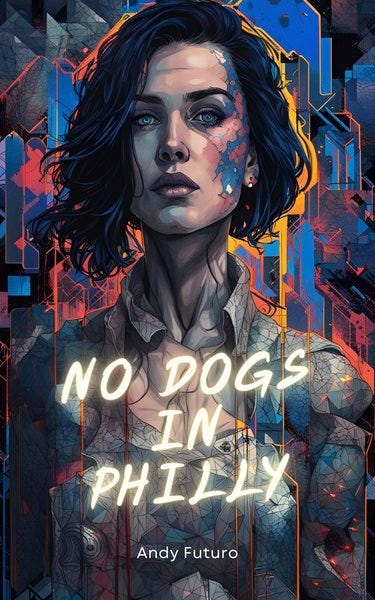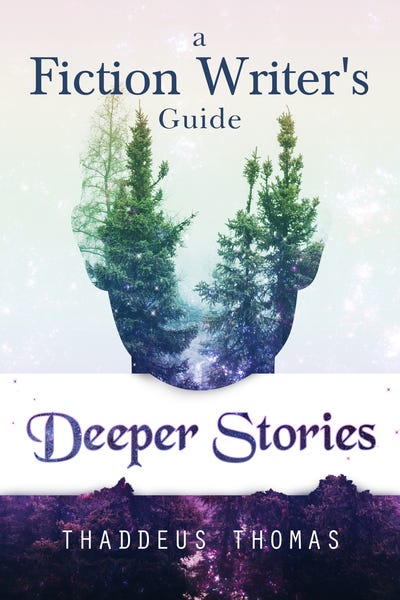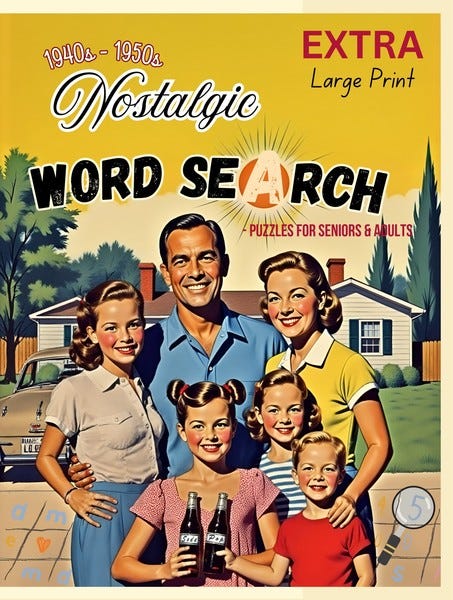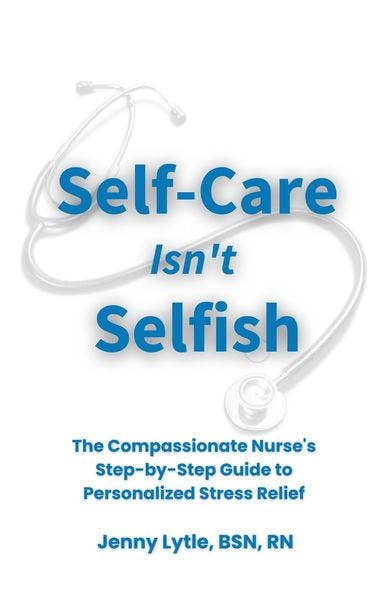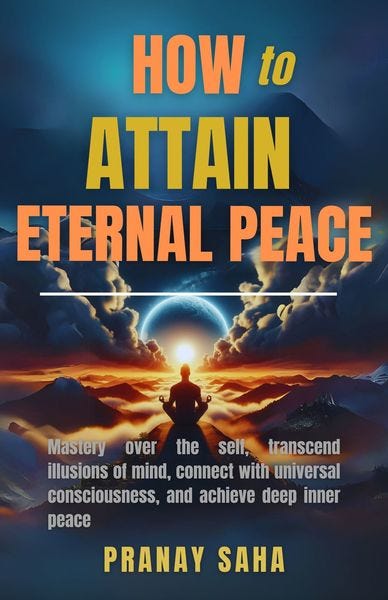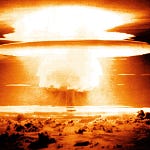Dear Permission to be Powerful Reader,
In the 90s, Hollywood was the movie star factory – a place where stars like Leonardo DiCaprio and Steven Spielberg could plant millions of asses in theaters.
Today, however, the glitz has been eclipsed by the glare of corporate behemoths. Studio mergers and debt-fueled deals have concentrated power in the hands of a few conglomerates.
Disney’s acquisition of Fox (and its vast library of franchises) means that one company – alongside a couple of other mega-studios – now controls an astonishing share of the market.
In fact, had Disney and Fox already merged in 2018, their combined domestic box office share would have been 41.7%.
Executives answer only to shareholders, not art, and so they fund fewer mid-budget films and chase only sure-fire tentpoles.
Key Statistics:
👉 Disney (with Fox) would command ~42% of the U.S. box office.
👉 71% of the 66 films making over $100M in the U.S. in recent years were franchise titles.
👉 Only ~12% of 2020–24 releases were truly original IP.
👉 U.S. movie tickets sold fell 38% in the past decade, even as average ticket prices rose 33%.
👉 Gone with the Wind (1939) sold ~202 million tickets; Titanic (1997) ~135 million; by contrast Avengers: Endgame (2019) sold ~95 million.
Corporate Leviathans and Risk Aversion
The old Hollywood studio system once churned out over a hundred new films a year; now even that has plunged.
Between 1995–2009, six major studios (Disney, Warner Bros., Universal, Paramount, Fox, Sony) released about 112 films/year on average – but from 2010–2023.
That number fell to just 83 per year.
With so few players, each film has to prove its worth immediately. Studios won’t gamble on “small” movies when they can pour their budgets into high-profile sequels and reboots.
DOJ filings show that from 2004 to 2017 studios boosted the number of $100M+ “tentpole” releases (from 24 to 33), but meanwhile they slashed the midrange slate.
Between 2004 and 2016 the number of films grossing $50–100M in the U.S. fell from 41 to 34 – costing American theaters 177 million fewer tickets.
Titles under $50M also dropped (81 to 76), another 104 million tickets lostjustice.gov. In plain terms, middle-tier dramas and comedies have all but vanished from multiplexes, leaving viewers only the thinnest of choices.
This shrinkage isn’t an accident but a strategy: the studios’ algorithms tell them that global blockbusters (especially those that can play in China) are nearly risk-free.
By ceding theater runs and release windows to protect streaming subscriptions, big companies often cannibalize their own box office. As one analysis grimly notes, theaters across America face an oversupply of screens and an undersupply of consistent, high-quality content.
Chains like AMC and Regal teeter on bankruptcy even with thousands of screens nationwide – a sign that the theatrical model is in crisis. Industry veteran Quentin Tarantino sums it up bluntly: true movies should premiere in theaters, and success should be measured by “asses on seats,” not streaming clicks.
The Franchise Fever and IP Monopoly
Hollywood’s love affair with intellectual property (IP) has turned studios into cash machines. As one film economist put it,
“Hollywood is run by numbers. You can’t argue with the fact that IP consistently overperforms.”
Audiences flock to familiar brands – superheroes, sequels, kids’ cartoons – and studios utterly rely on that safety.
In fact, the vast majority of recent blockbusters come from existing IP.
From 2020–2024 only about 12% of new releases were original stories; yet those based on comic books, franchises or other pre-sold ideas accounted for 71% of the big box-office hits
Only three of the 50 highest-grossing films last year were wholly original (e.g. Elemental, Migration, Nope). In other words, every summer at the multiplex you’re as likely to see a sequel to a 1980s cartoon as a new character.
Critics and filmmakers note that this IP glut comes at a creative cost. Martin Scorsese famously declared the Marvel Cinematic Universe “not cinema,” likening its output to “theme parks” rather than human stories.
Avengers: Endgame typifies the era – it earned a staggering $2.8 billion worldwide (fifth all-time, inflation-adjusted, but according to Scorsese all that spectacle “isn’t the cinema of human beings trying to convey emotional, psychological experiences”.
Even Iron Man 3, World War Z, and Doctor Strange were edited just to placate the Chinese market, deleting gay characters and politically sensitive scenes to secure release.
As PEN America warns, “the Chinese Communist Party is increasingly shaping what global audiences see,” with studios routinely tweaking storylines to avoid Beijing’s displeasure.
Author-director Terry Gilliam (of Brazil and Monty Python) adds another critique: American studios “are taking money that should be available for a greater variety of films.”
He conceded that Marvel movies are “technically…brilliant” but objected that if these films have such power they should “be dealing with reality a little bit more”.
Instead, young viewers get the message that “we all have to be superheroes to do anything worthwhile”.
The dominance of super-powered tropes, Gilliam argues, leaves no room for stories about normal people overcoming real struggles – a sentiment echoed by filmgoers who now pay to see predictable CGI rather than fresh imagination.
The Withering of Stars and Storytellers
The golden era of bankable movie stars has also faded. Once, audiences would flock to theaters for a compelling lead actor in a well-crafted film – think Tom Hanks or Leonardo DiCaprio headlining an original drama. Today, however, even the most charismatic performers are often subsumed into franchise ensembles. As one recent study notes, “star power…has waned and wobbled in the 21st century if not outright collapsed.”
The decline of the old studio system (which built stars on guaranteed film slates) and the rise of franchise branding have left few opportunities for new A-listers to emerge.
Leo DiCaprio still fills stadiums for one-off projects, but younger faces like Timothée Chalamet are often discovered and promoted by social-media algorithms rather than movie careers – a reflection of Hollywood’s data-driven casting.
As one commentator observes, while global Hollywood churned out fewer titles, actors have become pawns of the algorithm and merchandising machine, not shining creative auteurs.
Blockbuster vs. Classic: Audience and Critical Divide
The market data make the trend stark. Iconic pre-franchise films once sold huge numbers of tickets. Gone with the Wind (1939) sold about 202 million U.S. tickets; Titanic (1997) about 135 million.
By contrast, Avengers: Endgame (2019) sold roughly 95 million – impressive by modern standards but far behind those classics. Ticket sales have not kept pace with population or inflation, underscoring how younger audiences are attending theaters less often.
Critics’ reactions underscore the shift too. A Vox analysis found that many of today’s highest-grossing films also rank among the worst-reviewed blockbusters ever.
For example, Batman v Superman earned just 44/100 on Metacritic (29% on Rotten Tomatoes), prompting one reviewer to sigh that “humankind deserves a better blockbuster.”
Yet it still grossed $682.8 million. Most of the films on this “money-per-review-point” list are recent franchise installments – 60% were made in the past decade, whereas older classics seldom appeared on it.
Michael Bay’s Transformers series alone took three of the top five spots for worst-reviewed blockbusters.
In short, massive budgets now cover up formulaic storytelling: flashy effects replace nuance, and critics have grown tired of the spectacle. Audiences may cheer in the moment, but many of today’s tentpoles leave little lasting imprint on culture beyond the toy commercials.
Streaming’s Silent Siege
The rise of Netflix, Amazon, Disney+ and other streamers has further hollowed out theatrical film.
With streaming, there’s no opening weekend or long-term legacy – a Netflix “movie” might premiere digitally and evaporate from public consciousness almost instantly.
Tarantino doesn’t mince words: “streaming movies…almost don’t exist,” he says.
He noted that stars like Ryan Reynolds might pocket $50 million for a Netflix action film, but “those movies don’t exist in the zeitgeist.” By contrast, Tarantino praises studios that still champion the multiplex: Sony, he says, is “committed to the theatrical experience” and judges success by actual audiences in seats.
The numbers bear out the shift. The ticket-earning lifeblood of theaters has been draining. After 2019’s highs, U.S. theatrical attendance cratered (accelerated by the pandemic) and has only partially rebounded. One analysis reports U.S. ticket sales are 38% lower than ten years ago, despite higher prices and more cinemas.
The disconnect between streaming’s growth and theatrical decline is stark: studios merrily pump out seasons of content for subscriptions, but they’re no substitute for tentpole events. Even beloved filmmakers are feeling the sting – Christopher Nolan famously refused to support Warner Bros.’
HBO Max experiment, calling it “the worst streaming service” and vowing never to make another film under such a deal. Digital projection and at-home viewing, Tarantino warns, are the “death of cinema.”
The Dragon’s Tail: China’s Global Influence
Meanwhile, chasing overseas markets – particularly China – has reshaped Hollywood’s content. When a film can earn hundreds of millions in China, studios will jettison any scene that might offend Beijing’s censors.
Pen America’s 94-page report finds dozens of examples: gay characters excised, references to Tiananmen and Tibet erased, villains recast, anything to spare the profits.
As one researcher put it, China’s “long arm of censorship – powered by vast economic incentives – has reached deep into Hollywood, shaping perceptions… and reshaping the bounds of what can be shown.”
Even small changes – turning a Chinese character into a Celtic one in Doctor Strange, cutting same-sex kisses from Bohemian Rhapsody – send a message: global audiences must be “safe” and rarely challenged. This extra layer of corporate self-censorship silences entire stories before they are told, further squeezing the space for authentic creativity.
Film’s New Critics Speak Out
As this “sinking ship” narrative grows clearer, some of cinema’s greatest creators have publicly warned of the decline. Martin Scorsese has lamented that the multiplex is now dominated by “theme parks, not the cinema”.
Quentin Tarantino, Steven Spielberg and others have all decried the “dumbing down” effect of global blockbusters and streaming.
Terry Gilliam asked rhetorically why Hollywood can’t invest in anything “worthwhile” that’s not about superheroes. In interviews, these directors mourn the loss of mid-budget dramas, indies and auteur-driven pictures – the kinds of films that once made people line up outside theaters for weeks to see.
“The world is lost,” Tarantino grimly warned in 2014, bemoaning that most films are no longer shown on 35mm and comparing digital projection to “television in cinema”.
Today’s young filmmakers know they must always hint at franchise potential to get funding; gone are the days of a studio taking a chance on an original script and star if the story is good.
The result, as many point out, is a cultural erosion: fewer voices, fewer experiments, fewer human stories on screen. Each data point – from collapsing ticket sales to the vanishing of mid-budget films – is a symptom of one force: late-stage capitalism’s triumph over artistry.
Hollywood’s story under capitalism is not just about box-office numbers, but about changing values. As one Hollywood insider put it, executives now bank on “the spreadsheet, not the screenplay.”
The statistics above tell a chilling tale: soaring profits for megafranchises; plunging diversity of content; the theater crowd dwindling.
The final act has not yet been written, but as studios double down on formulas, American cinema’s future looks darker. In this age of monopolies and algorithms, even the silver screen seems close to fading to black.
Until next time,
—Anton
Dancer, Writer, Buddhist.
PS: I got together with some author friends and decided to give away our books for free. That’s right. You can get my new memoir, Hell & Paradise, and over 25 other nonfiction titles for free. Check it out here.
💥 Best for a Gut-Punching Power Read
Hell and Paradise by Anton Volney
A fierce, high-voltage wake-up call about truth, survival, and what happens when you finally give yourself permission to be powerful. 🔥
(Yes, that’s you. And yes, it’s making waves.)
🧠 If You Want More Clients
Get More Clients by Lynn M. Whitbeck
Get More Clients is a short, easy-to-read book that walks you through simple, proven tips to close more sales and grow your business.
🔮 For the Meditative & Mindful
The Presence Inner Work by Diego Simon
A calming, spacious read that feels like a long exhale. Great for inner work and visualization.
👻 Dark & Gritty
No Dogs in Philly: A Cyberpunk Horror Noir by Andy Futuro
Grit meets glitch. Think Blade Runner meets Stephen King. If that combo excites you? Dive in.
🤓 For the Writers in the Room
A Writer's Guide to Deeper Stories by Thaddeus Thomas
Masterclass in emotional depth and layered storytelling. A must-read if you’re crafting powerful narratives.
🧩 Nostalgic & Wholesome
My Old Memory Pieces: 1950s Golden Age Everyday Life
A cozy, slow-sipping cup of tea in book form. Takes you back to a time when life felt simpler (at least on the surface).
🍵 For The Self Help Junkie
Self-Care Isn’t Selfish by Jenny Lytle, BSN, RN
The compassionate nurse's step-by-step guide to personalized stress relief.
🧘For The Spiritually Minded
How to Attain Eternal Peace by Pranay Saha
Mastery over the self, transcend illusions of mind, connect with universal consciousness, and achieve deep inner peace.
Sources:
Cited box-office and industry datajustice.govnofilmschool.comnofilmschool.comboxofficemojo.comboxofficemojo.comvox.comfilmtake.com; quotations from filmmakers and industry reportstheguardian.comew.comtheguardian.comhindustantimes.combusinessinsider.com.
worldwidevox.com.





